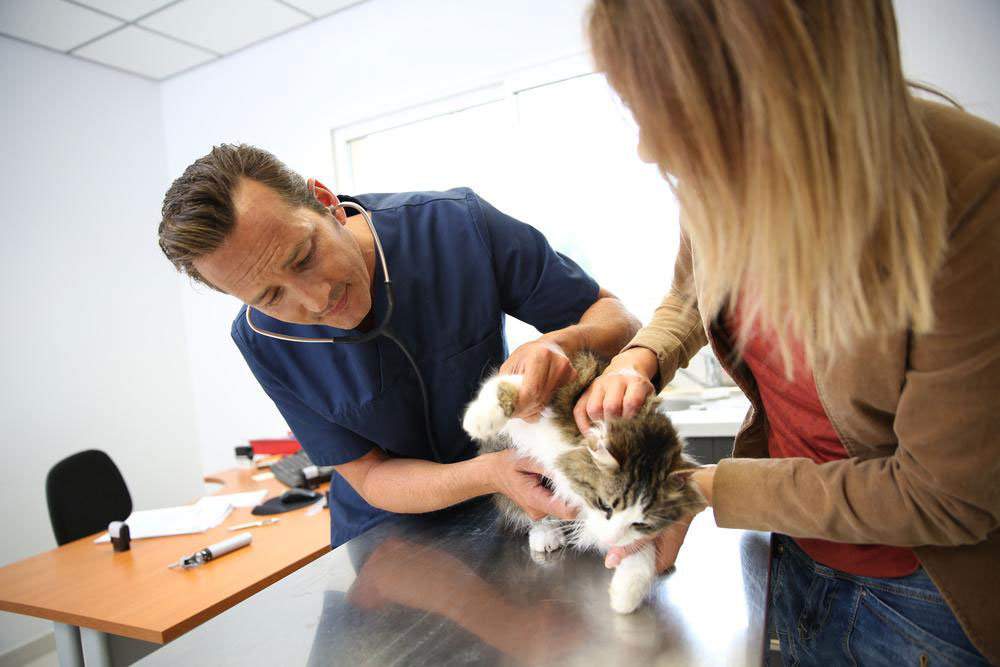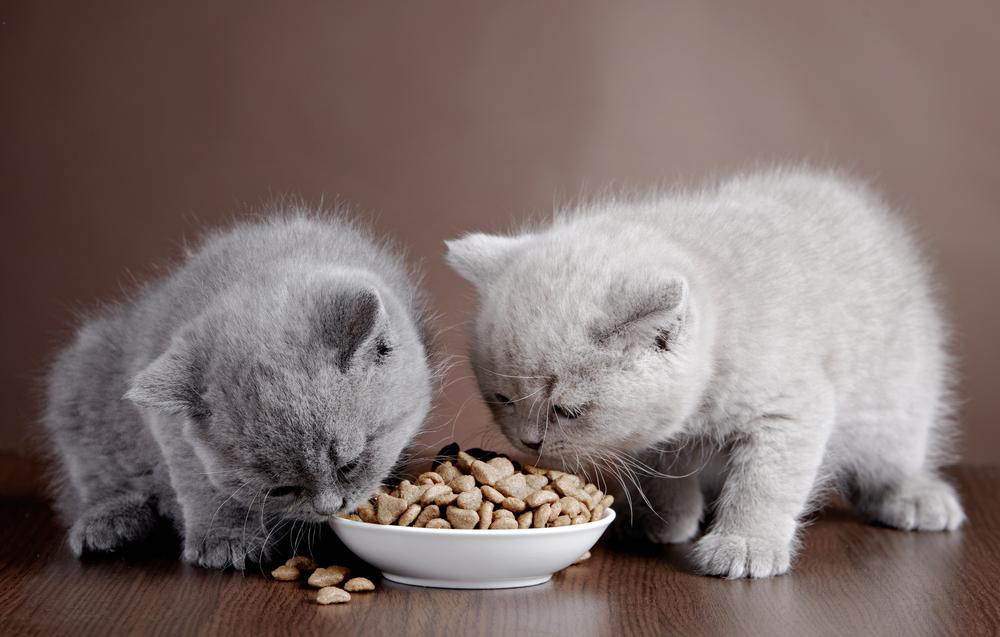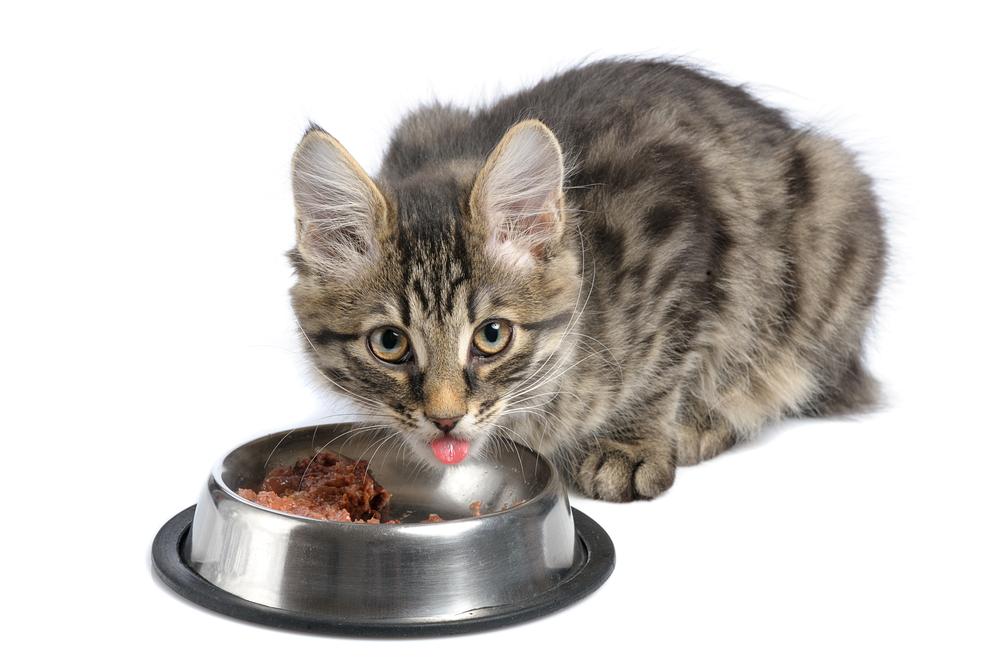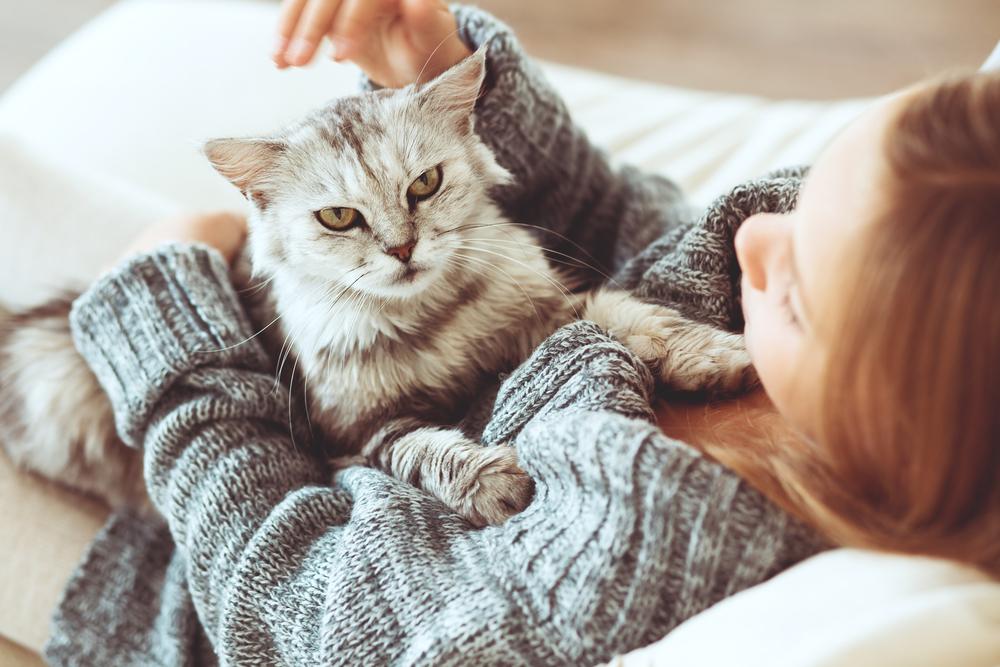Smart Strategies for Giving Cat Treats Without Overfeeding Your Feline Friend
Discover comprehensive strategies for giving your cat treats responsibly. Learn how moderation enhances training, reinforces good behavior, and aids socialization without risking health issues like obesity. Expert tips and veterinary advice ensure your feline friend remains happy, healthy, and well-treated through balanced treat-giving practices.
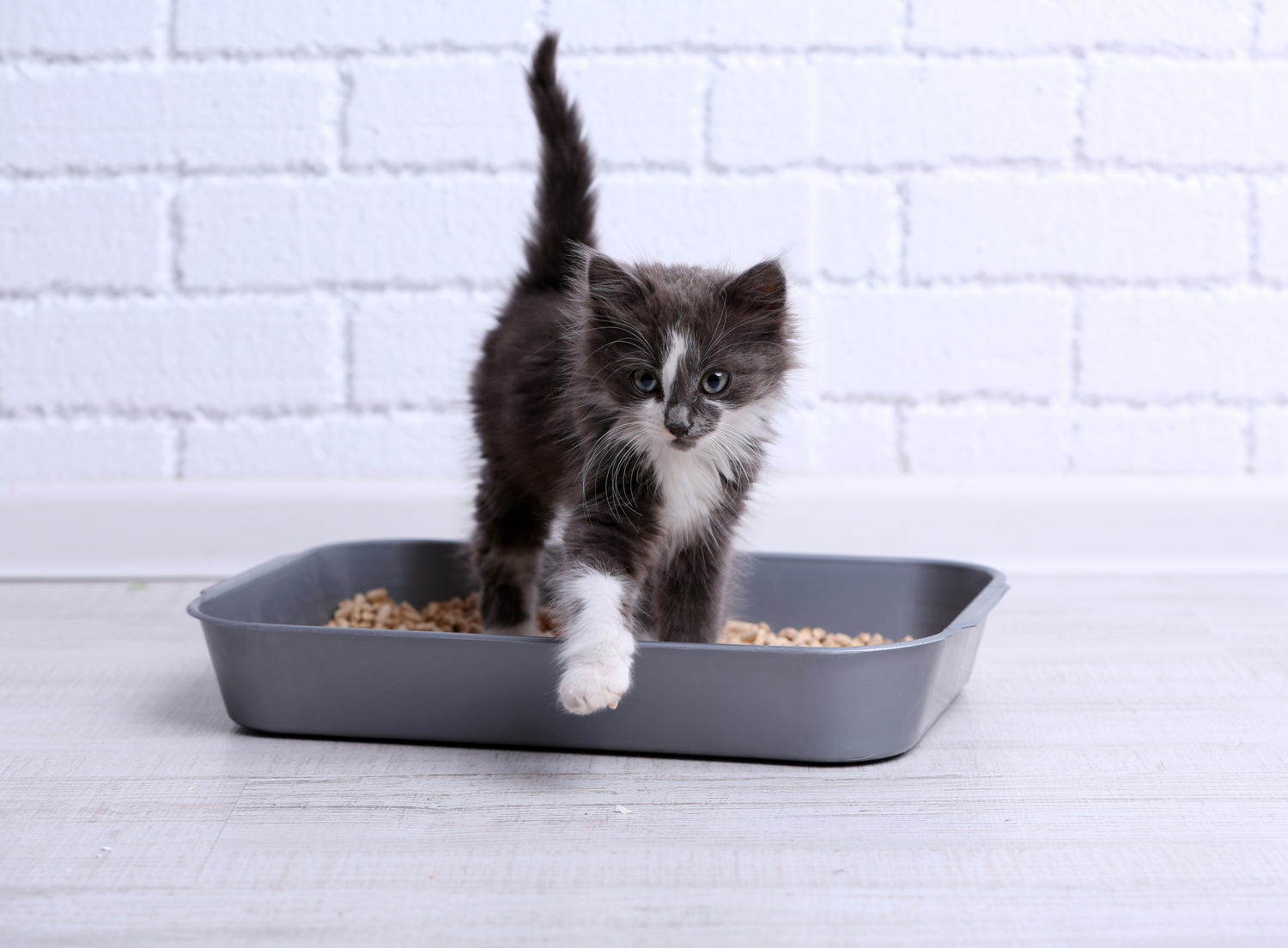
Smart Strategies for Giving Cat Treats Without Overfeeding Your Feline Friend
Caring for cats involves more than just providing food; it’s about understanding their needs and ensuring their overall well-being. Pet owners often find joy in giving their beloved cats treats, especially when they want to reward good behavior or provide comfort. However, many overlook the risks associated with overfeeding treats, which can lead to obesity, dental issues, and other health complications. Implementing effective, moderate treat-giving practices is crucial for maintaining your cat’s health while still making them feel loved and appreciated.
Understanding how to use treats appropriately is an essential aspect of responsible pet ownership. Many cat owners tend to indulge their pets with treats frequently, believing it to be harmless. In reality, excessive treat giving can counteract your efforts to keep your feline healthy. The key lies in moderation, strategic use, and understanding when treats are most beneficial. Using treats thoughtfully can help reinforce positive behaviors, support training, and aid in socialization—all without risking your cat's health. Regular consultation with your veterinarian regarding treat quantities and types will help you craft a balanced approach that keeps your feline friend happy, healthy, and satisfied.
Incorporating Treats Effectively During Training
Cats, like dogs, can learn commands and behaviors through positive reinforcement. Treats serve as excellent motivators, but their use must be strategic. High-value treats such as small pieces of shrimp, tuna, or specialized cat treats should be reserved for training sessions to maximize their effectiveness. When rewarding your cat, keep treats small—just enough for the cat to feel rewarded without excessive caloric intake. This method encourages learning and good behavior without leading to overfeeding or weight gain.
Using Treats to Reinforce Good Behavior
Cats respond well to positive reinforcement, especially when it comes with affection and praise. If your feline avoids scratching furniture or uses the litter box properly, rewarding these behaviors with small treats can strengthen habits. Balance is essential—relying solely on treats can lead to dependency or overconsumption. Combine treats with verbal praise, petting, or play to create a positive, multi-sensory reinforcement experience that helps shape desirable behavior while maintaining a healthy diet.
Assisting Felines in Overcoming Fears and Socialization
Treats are especially helpful when socializing shy or fearful cats. Introducing new people, environments, or experiences can be stressful for cats. Offering treats during these moments can help build confidence and reduce anxiety. For example, when a new guest visits, offering the cat a treat can facilitate calmness and promote positive associations. Always control the size and frequency of treats to prevent overindulgence. Proper socialization, combined with treats, not only makes your cat more adaptable but also strengthens your bond.
In conclusion, responsible treat-giving is integral to a healthy, well-behaved feline. Overindulgence poses risks, but with mindful practices and regular veterinary advice, you can reward your cat appropriately. Tracking treat quantities, choosing healthy options, and integrating treats into a balanced lifestyle all contribute to your pet’s happiness and longevity. Ultimately, moderation, consistency, and love form the foundation of effective treat management for your beloved cat.

